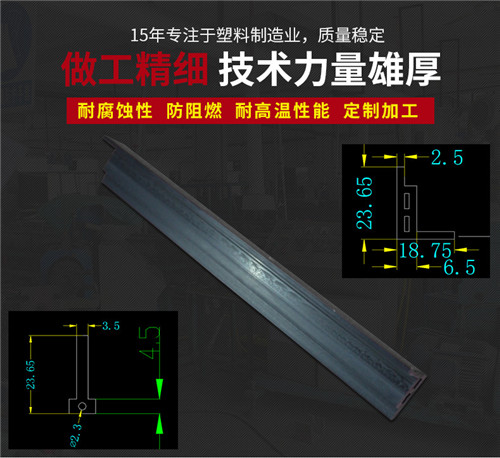Promoting Environmental Responsibility and Circular Economy

Introduction:
PVC hoses are widely used in various industries for conveying fluids and gases. However, the improper disposal of PVC hose material can pose significant environmental challenges due to its non-biodegradable nature. This article explores various methods for recycling and reusing
PVC hose material, along with appropriate disposal techniques, emphasizing the importance of sustainable practices to minimize environmental impact.
1. Recycling of PVC Hose Material
One effective method to reduce the environmental impact of PVC hose material is through recycling. PVC hoses can be collected and processed to obtain high-quality recycled materials. The recycling process involves several steps:
- Collection: PVC hoses should be segregated at the source and collected separately for recycling.
- Sorting: The collected hoses are sorted based on their composition and color to ensure a uniform recycling process.
- Shredding: The sorted PVC hoses are shredded into small pieces, increasing their surface area for further processing.
- Granulation: The shredded PVC material is granulated into small pellets or flakes for subsequent use in various applications.
- Reprocessing: The granulated PVC material can be reprocessed to manufacture new PVC products or combined with other materials to create composite materials.
2. Reusing PVC Hose Material
Reusing PVC hose material is an excellent way to extend its lifespan and reduce waste generation. Some innovative ways to reuse PVC hoses include:
- Garden Irrigation Systems: PVC hoses can be repurposed as drip irrigation lines or sprinkler systems in gardens, reducing water consumption.
- Art and Crafts: PVC hoses can be creatively transformed into decorative items or artistic sculptures, promoting sustainable art.
- DIY Projects: PVC hoses can be used for various DIY projects, such as making furniture, storage solutions, or even playground equipment.
- Waterproofing: PVC hoses can be cut and used to provide waterproofing solutions for outdoor structures or even makeshift rain gutters.
3. Proper Disposal Methods
Despite efforts in recycling and reusing, there will still be PVC hose material that cannot be effectively repurposed or recycled. In such cases, proper disposal methods should be followed:
- Landfill Disposal: If no other option is available, PVC hoses can be disposed of in designated landfills. However, this should be the last resort due to their non-biodegradable nature.
- Incineration: Incineration can be considered as an alternative disposal method. However, it must be ensured that the process complies with environmental regulations to prevent harmful emissions.
- Extended Producer Responsibility (EPR): Implementing EPR programs can hold manufacturers accountable for the proper disposal of PVC hose material, encouraging them to invest in sustainable practices and recycling facilities.
Conclusion:
In conclusion, the recyclable utilization and disposal methods of PVC hose material play a crucial role in promoting environmental responsibility and creating a circular economy. Through recycling and reusing PVC hoses, the generation of waste can be significantly reduced. Proper disposal methods should be followed for PVC hose material that cannot be effectively recycled or repurposed. By adopting sustainable practices, we can ensure the long-term viability of PVC hose material while minimizing environmental impact.

